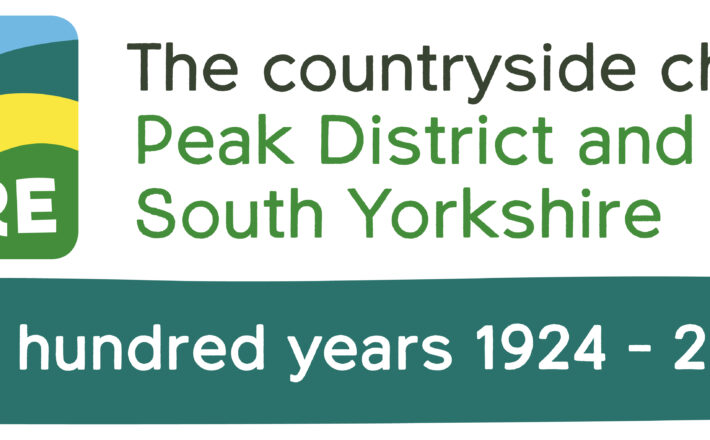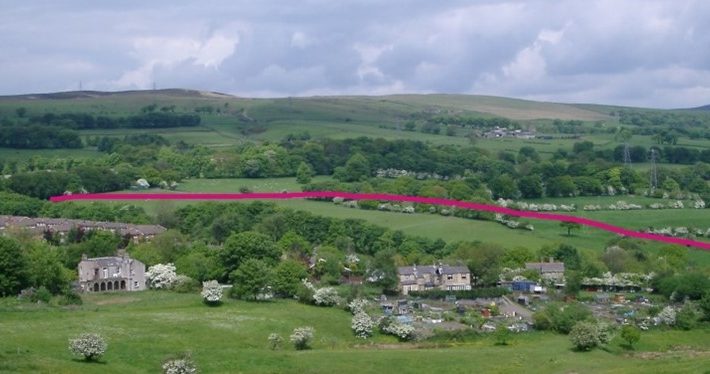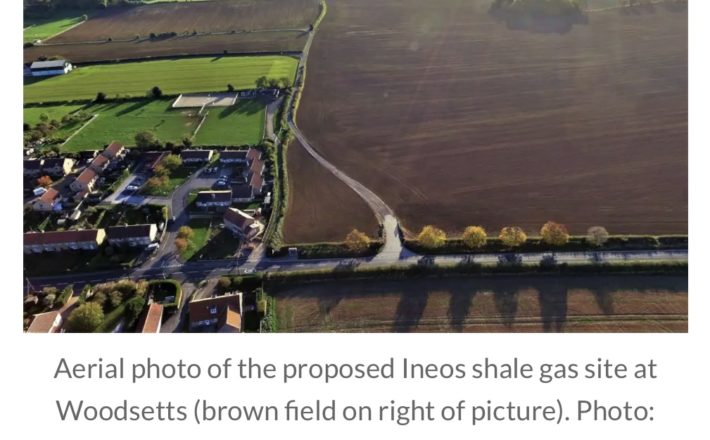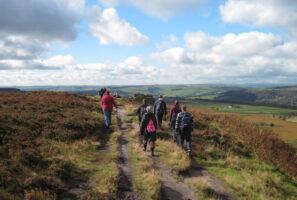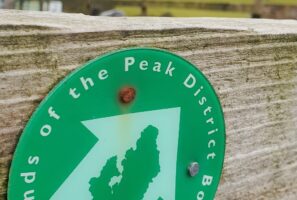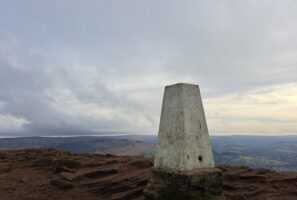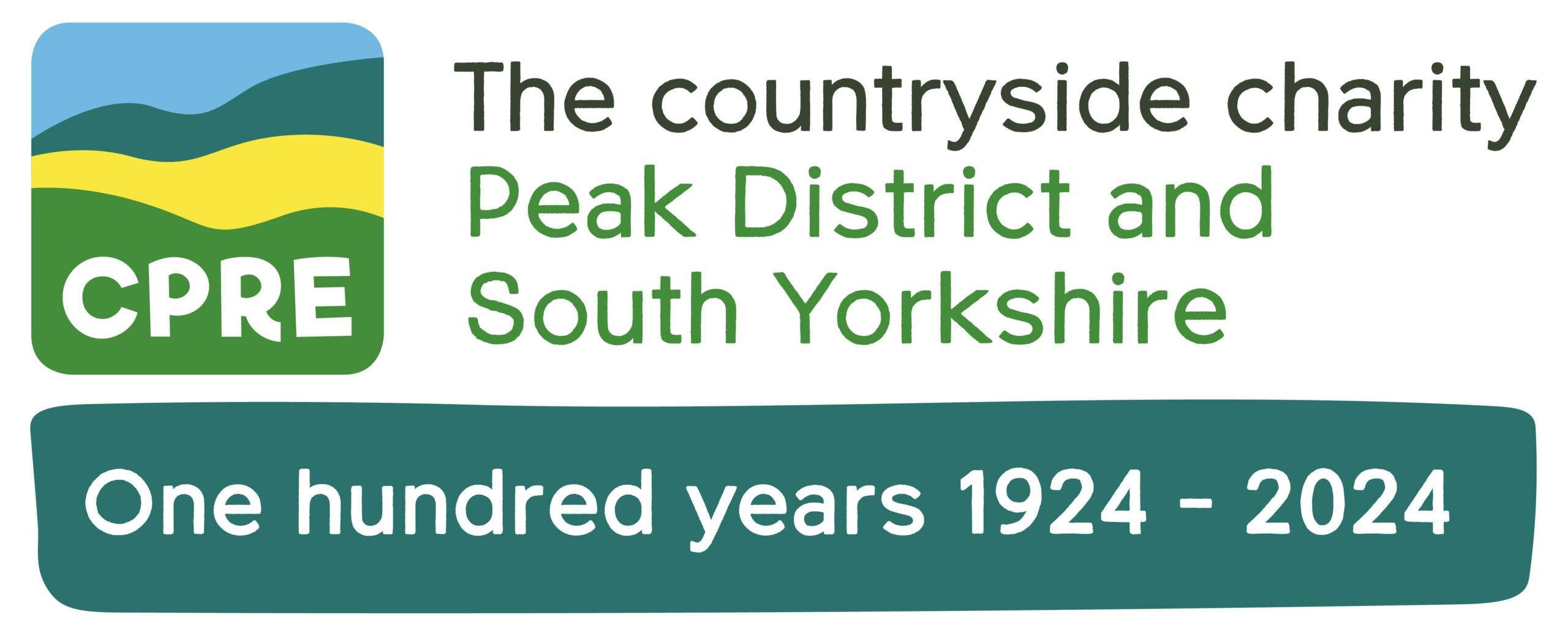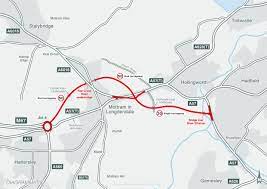Green Belts
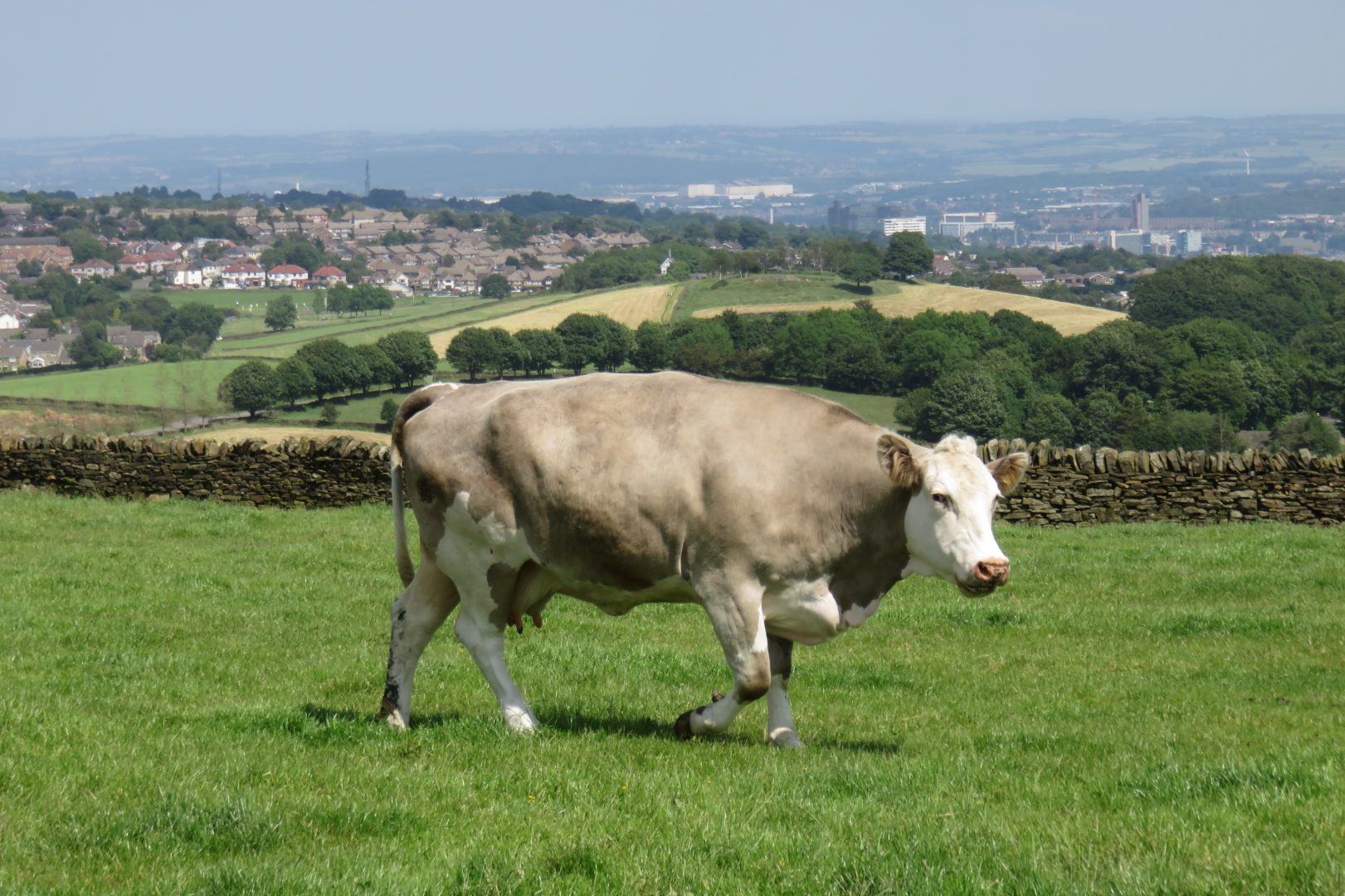
We work to protect the countryside against unnecessary and inappropriate developments while trying to balance the need for local jobs.
Green Belts
South Yorkshire is densely populated and one of the most built-up areas in England. Its countryside of ancient woodlands, rare peat bogs, heather moorlands and even the reclaimed pits, are hugely valued. The Coronavirus lockdown highlighted just how much people living in towns and cities cherish the peace and tranquility provided by their local countryside.
Green belts are designed to help urban populations access the countryside by maintaining attractive landscapes for outdoor recreation near where they live. They are also designated to:
- Prevent urban sprawl and the joining together of major towns and cities
- Protect the setting of historic towns, and the countryside from encroachment, and
- Encourage urban regeneration
We want to stop the countryside being eaten away by new housing and lobby for Green Belt land to be protected, and for our countryside to remain – wherever possible – unbuilt on and undisturbed. So we lobby for urban regeneration on previously developed brownfield land instead.
Housing
House-building covers more countryside than any other kind of development and creates a range of associated environmental damage, such as climate-changing greenhouse gas emissions, new roads and extra traffic, more strain on water sources, and increased quarrying in the countryside.
The Peak District is between the two large cities of Sheffield and Manchester and within commuting distance of Derby and Nottingham, so it’s an attractive place live. This, and people buying second homes, means houses are very sought after and expensive. It also means that they are usually beyond the means of residents and young families.
There are government targets to build houses in every region, but because it’s a protected national park, the Peak District target is zero. New houses can be built if they are affordable for local people on low incomes, or if they serve a conservation benefit, for example, by tidying up a run-down site.
When plans for housing come in, we check against several things, mainly that:
- Brownfield or less beautiful sites have been used up first
- Local people can afford them
- They fit local building styles
- Are ecologically sustainable
- They don’t increase roads and car use
Roads
Roads permanently damage the character and tranquillity of an area. The land the road is built upon is destroyed, and a much wider area is affected by increased noise and traffic. Car dependency is increased, and the viability of local shops, services and public transport in rural areas is damaged. Building more roads brings further development pressures and generates more traffic.
Warehouses
Another huge threat to South Yorkshire’s countryside is the increase in applications for large distribution and storage warehouses. Developers are attracted to our region for a number of reasons including flat building land, motorway links and high unemployment levels. We oppose plans for these giant tin sheds.
Read more…



